How to Budget for Union Payroll: Insights for Producers and Accountants

Budgeting for the world of union payroll in the motion picture industry requires not only an understanding of the artistic vision but also a meticulous grasp of financial and legal frameworks. This guide will explore the critical elements of a union payroll budget such as collective bargaining agreements (CBAs), wages, fringes, overtime, and penalties, offering best practices to ensure compliance and fiscal efficiency.
Understanding Collective Bargaining Agreements (CBAs)
CBAs are the cornerstone of union payroll, dictating the terms of employment, including wages, hours, and working conditions. For producers and accountants, a comprehensive understanding of these agreements is imperative. Each union within the industry, whether it's SAG-AFTRA, DGA, or IATSE, has its own CBA, and these agreements can vary significantly in terms of requirements and stipulations.
Key Provisions in CBAs
- Wages and Minimum Rates: CBAs stipulate the minimum wage rates for various roles and classifications. Understanding these rates is essential for accurate budgeting.
- Fringes: Fringe benefits, such as health and pension contributions, are a significant component of union payroll. These are calculated as a percentage of the wages and must be factored into your budget.
- Workweek and Overtime: The definition of a standard workweek, along with overtime rules, varies by union. Familiarize yourself with these details to avoid unexpected penalties.
- Penalties and Residuals: Late payment penalties, meal penalties, and residuals for secondary usage can impact your budget. Ensure these are accounted for in your financial planning.
Budgeting for Wages and Fringes
The cornerstone of budgeting for union payroll is a detailed understanding of wage rates and fringe benefits. Here's how to approach it:
Calculating Base Wages
Begin with the CBA-mandated minimum wage rates for each classification. It's essential to categorize employees correctly to avoid miscalculations. Consider:
- Role and Classification: Different unions have specific roles and classifications with associated rates.
- Experience and Seniority: Some agreements allow for higher rates based on experience.
- Location Adjustments: If shooting in different locales, be aware of any geographical pay adjustments.
Estimating Fringe Benefits
Fringe benefits, typically including health, pension, and welfare contributions, can range from 30% to 50% of gross wages. Accurate estimation involves:
- Union-Specific Percentages: Each union specifies fringe percentages.
- Hourly Contributions: Applying hourly contributions based on anticipated hours worked.
- Timing of Payments: Some fringes are due immediately, while others accrue over time, like unworked holiday pay.
Managing Overtime and Penalties
Union regulations regarding overtime are stringent. Exceeding a standard workday or workweek incurs overtime, often calculated at time-and-a-half, double-time, triple-time and higher rates. To mitigate these costs:
- Schedule Efficiency: Optimize shooting schedules to minimize overtime.
- Break Compliance: Adhere to mandated meal and rest breaks to avoid penalties.
- Track Hours Meticulously: Implement robust systems to monitor work hours and ensure compliance.
Best Practices for Budgeting Union Payroll
- Detailed Pre-Production Planning: Allocate ample time for pre-production to map out crew requirements, roles, and schedules.
- Regular CBA Reviews: Keep abreast of changes in union agreements, as they may alter wage rates and working conditions.
- Consultation with Experts: Leverage payroll service companies or labor relations consultants who specialize in the motion picture industry.
- Training and Education: Invest in training programs for your team to ensure they are up-to-date with industry standards and practices.
Staying Informed on Union Negotiations
The motion picture industry is dynamic, with union negotiations periodically altering the landscape of payroll and labor relations. Keeping informed about these developments is crucial:
- Industry Publications: Subscribe to relevant publications and newsletters.
- Union Updates: Regularly check union websites for negotiation updates and new agreements.
- Networking: Engage with industry peers and associations for insights and shared experiences.
A strategic approach to budgeting for union payroll not only ensures compliance but also enhances financial efficiency and project success. By understanding the intricacies of CBAs, accurately estimating wages and fringes, and implementing best practices, producers and accountants can navigate the complexities of union payroll with confidence. Embrace ongoing education and leverage expert resources to stay ahead in the ever-evolving landscape of the motion picture industry.









